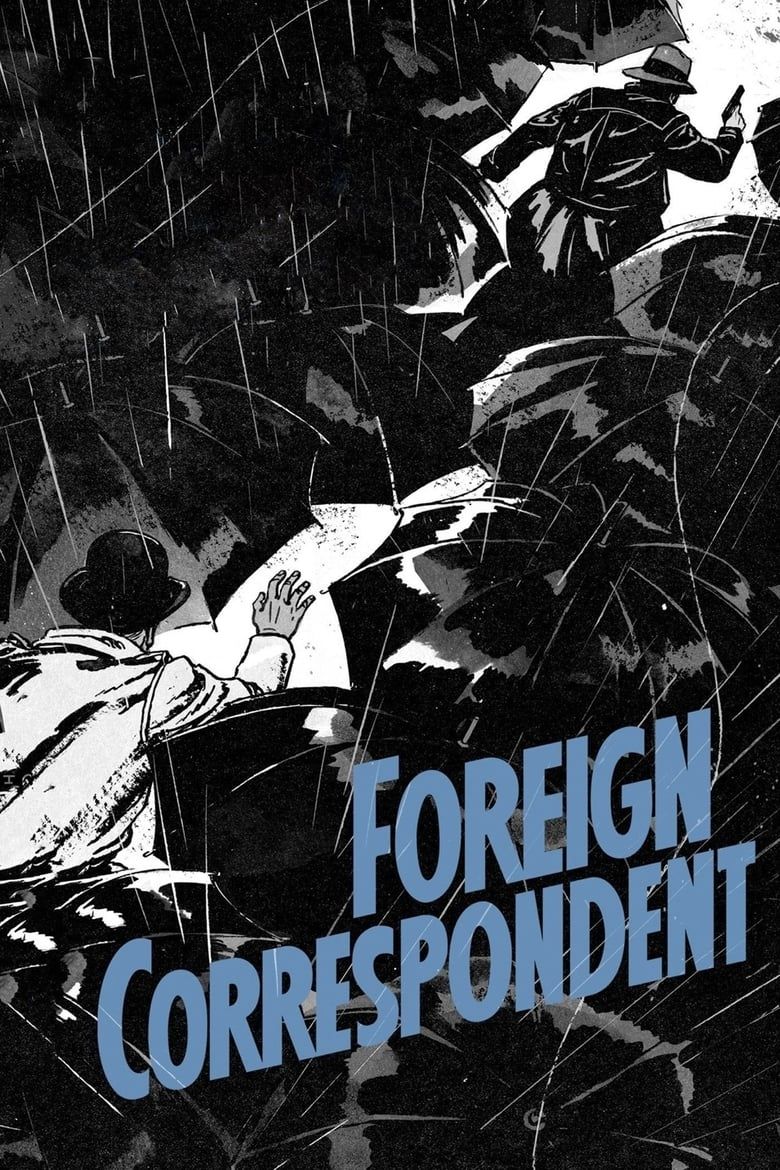A blockbuster filmmaker of the highest order, Christopher Nolan is one of the most celebrated directors of all time. Renowned for his intricate storytelling, exploration of philosophical and existential themes, and an unshakable love for shooting on celluloid film, Nolan has directed some of the most acclaimed and influential movies in the history of cinema. Producing the storied likes of The Prestige, Interstellar, and The Dark Knight trilogy to name but a few, Nolan’s films have smashed box office records and earned rave reviews from fans and critics alike.
While Nolan makes use of a unique style of filmmaking, several seminal pieces of cinema have clearly inspired elements of the director’s most successful work. From the explosive action sequences utilized in his films to his love for science fiction and film noir, multiple iconic films have acted as a guiding hand for some of the best Nolan movies. Numerous elements from these films can be found throughout the director’s body of work to date, serving to elevate what is already a masterful style of filmmaking.
10 Blade Runner (1982)
An Influence On Nolan’s High-Quality World-Building
A preeminent science fiction offering that invites lengthy existential musings, it comes as little surprise that Ridley Scott’s Blade Runner has inspired elements of Nolan’s work. The 1982 picture is renowned for its visually arresting depiction of an epic, futuristic setting, a state of affairs that Nolan has sought to replicate in the detailed worlds that can be seen in Inception, Interstellar, and The Dark Knight trilogy.
Related
Blade Runner 2099: Cast, Story & Everything We Know
The Blade Runner 2049 sequel, Blade Runner 2099, will be a miniseries on Prime Video, and here’s everything we know about the show so far.
Nolan has spoken at length of his admiration for Blade Runner and Scott’s wider work, citing the film’s success in constructing a gorgeous, realistic environment through the use of intricate sets as inspiration for building the streets of Gotham City during production on Batman Begins. Enthusiastically praising Scott’s style of filmmaking, Nolan remarked in an interview with Forbes: “Blade Runner is one of the examples of how you can take a camera and get down and dirty…and really envelop your audience in the atmosphere of the world you’re trying to create.”
9 Foreign Correspondent (1940)
The Inspiration For One Of Dunkirk’s Most Iconic Sequences
The old Hollywood film Foreign Correspondent served as the unlikely inspiration for one of the most memorable sequences in Nolan’s 2017 picture Dunkirk. The sequence in question sees Jack Lowden’s Spitfire pilot Collins trapped in his plane after being shot down over the English Channel by a German fighter. Unable to escape the sinking aircraft courtesy of a malfunctioning cockpit door, Collins is only saved from a watery grave by the timely arrival of Tom-Glynn Carney’s Peter Dawson aboard the Moonstone.
Nolan destroyed an IMAX camera for the third time in his career filming this sequence. The camera sunk to the bottom of the ocean, but the film was saved and used in the final cut of the film (via
Business Insider
).
The nerve-racking Dunkirk sequence draws inspiration from a scene in Alfred Hitchcock’s iconic film where a plane also crashes into the ocean after being shot down. Speaking to the BFI in 2017, Nolan spoke glowingly of the director’s take on such a fraught event, disclosing that the “technical virtuosity of Foreign Correspondent’s portrayal of the downing of a plane at sea provided inspiration for much of what we attempted in Dunkirk.“
8 2001: A Space Odyssey (1968)
Nolan’s Love For Science Fiction Goes Back To This Landmark Movie
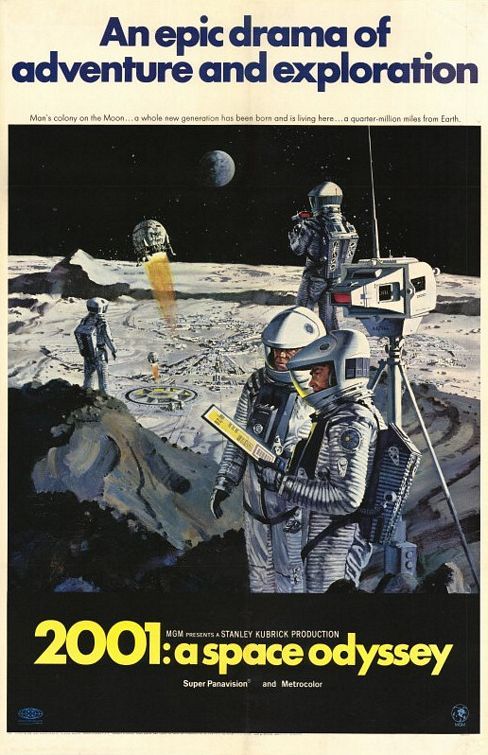
2001: A Space Odyssey is one of Stanley Kubrick’s most well-known films. A science-fiction epic, the film tells the story of the journey of Discovery One, a spacecraft operated by a group of scientists, astronauts, and a sentient computer, on a mission to Jupiter to investigate a mysterious monolith. Considered one of the greatest films ever made, Kubrick combines sparse dialogue with the heavy use of scoring and ambiguous imagery to create something that eschews conventional filmmaking.
- Release Date
- April 3, 1968
- Cast
- Keir Dullea , Gary Lockwood , William Sylvester , Daniel Richter , Leonard Rossiter , Margaret Tyzack
- Runtime
- 149 minutes
A perilous mission through the deepest, darkest recesses of outer space, 2014’s Interstellar afforded Nolan the opportunity to pay loving homage to one of his favorite films of all time: Stanley Kubrick’s 2001: A Space Odyssey. A passionate fan of Kubrick’s work, the director even worked to produce an “unrestored” version of the seminal movie, screening a 70 mm print of the original film at the Cannes Film Festival to celebrate the 50th anniversary of 2001: A Space Odyssey’s release (via nytimes.com).
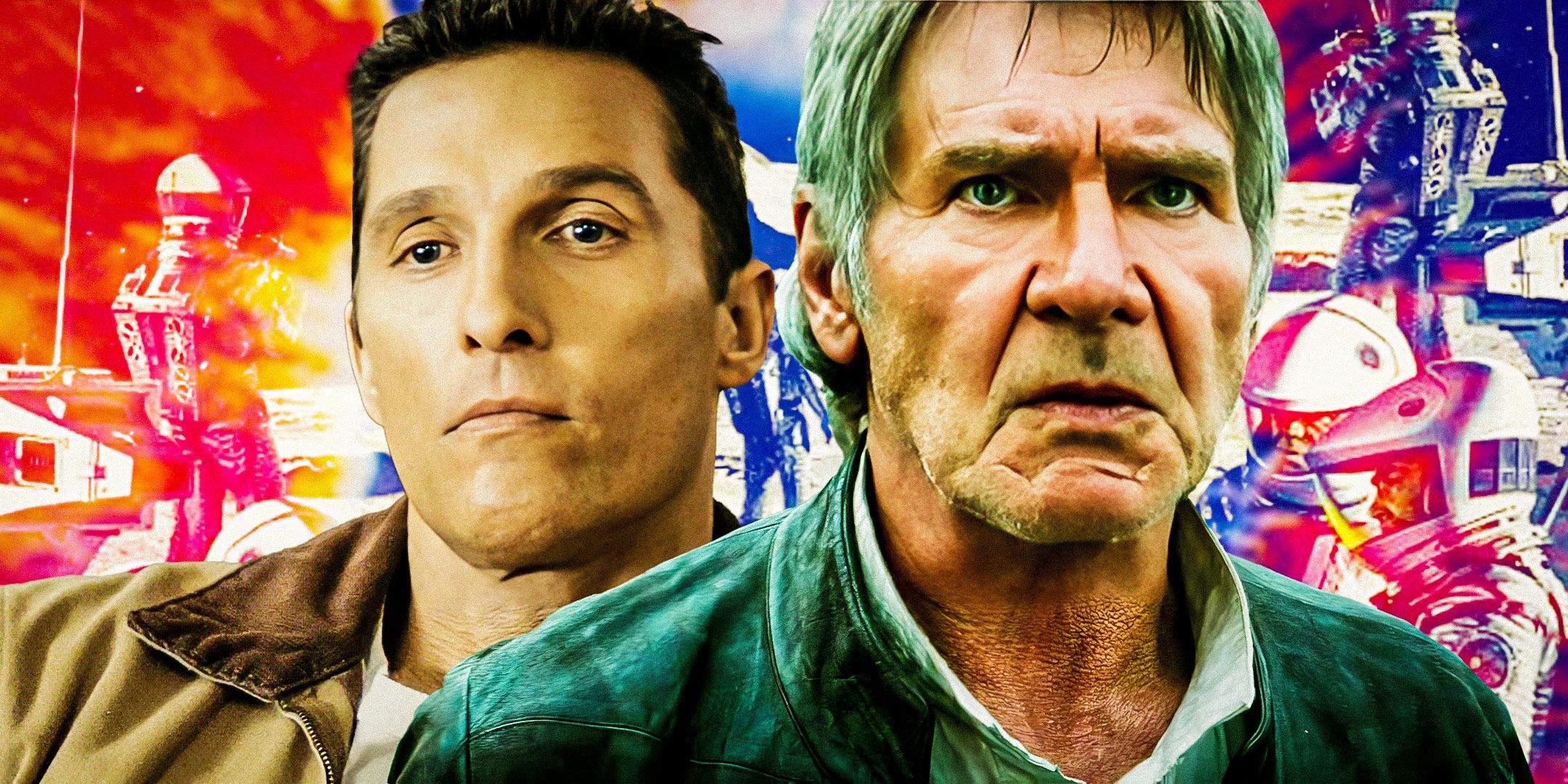
Related
10 Movies That Were Obviously Inspired By Stanley Kubrick’s 2001: A Space Odyssey
Stanley Kubrick’s 2001: A Space Odyssey is one of the most influential sci-fi movies ever, and it continues to shape the genre over 50 years later.
The parallels between Interstellar and Kubrick’s milestone sci-fi picture are inescapable, with both films leaning heavily on awe-inspiring visuals of outer space, in addition to featuring characters who cross the boundaries of space-time in a matter of moments. The two movies also explore the atypical narrative thread of parenthood in space, highlighting Kubrick’s influence on Nolan’s work with even sharper effects.
7 The Thin Red Line (1998)
A Notable Inspiration For Making Memento
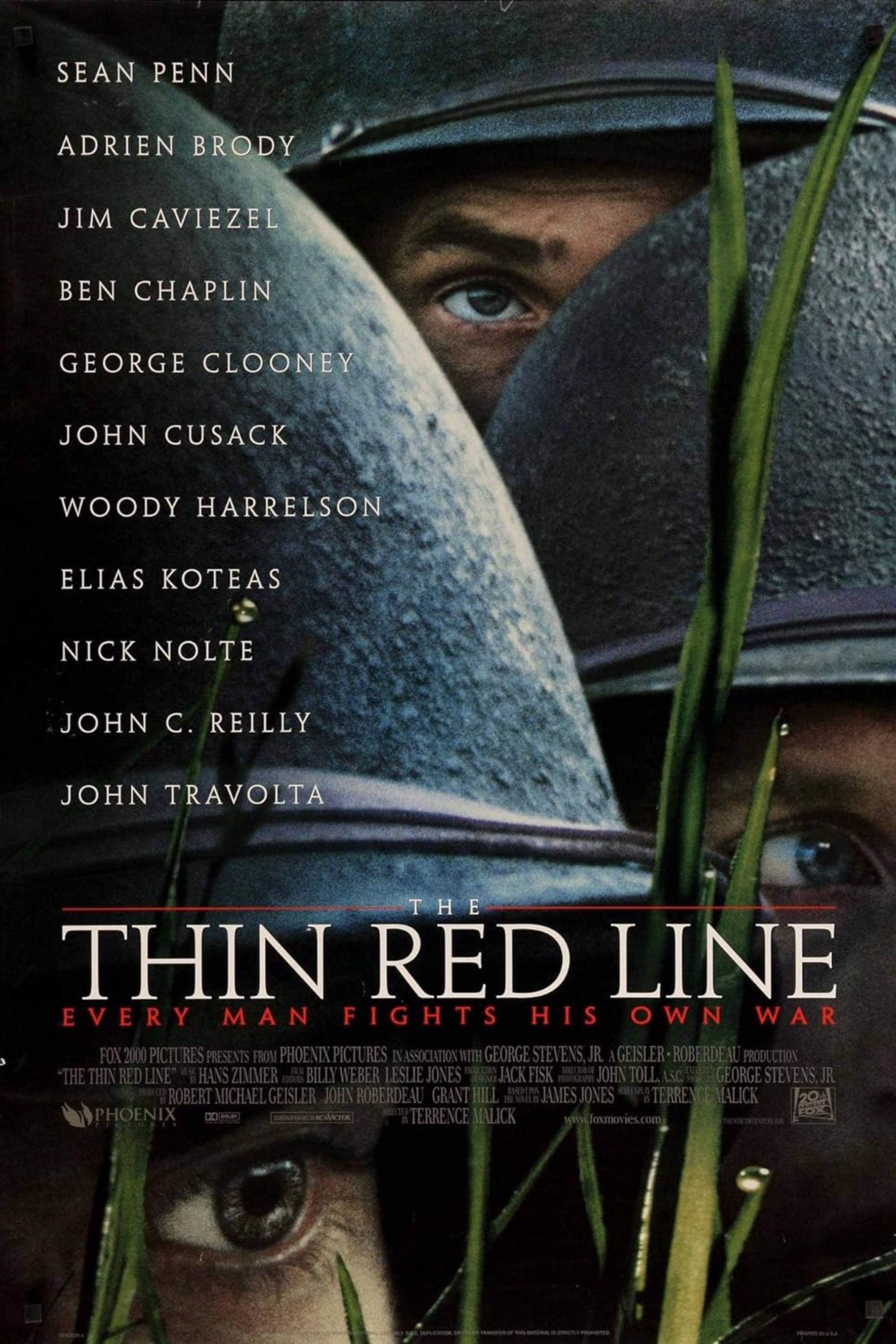
The Thin Red Line is a war film directed by Terrence Malick, based on James Jones’ autobiographical novel. Released in 1998, it focuses on the Battle of Guadalcanal during World War II, exploring the psychological toll of combat on soldiers. The ensemble cast includes Sean Penn, Adrien Brody, and Nick Nolte, among others, and delves into themes of survival, fear, and the impact of war on human nature.
- Director
- Terrence Malick
- Release Date
- December 23, 1998
- Runtime
- 171 Minutes
An acclaimed war outing released in the same year as Saving Private Ryan, Terrence Malick’s The Thin Red Line is largely overshadowed by Spielberg’s epic in terms of mainstream appreciation and recognition. However, this is decidedly not the case in Nolan’s book, with the director lavishing praise on Malick’s offering when discussing how the film had directly influenced 2000’s Memento (via standard.co.uk).
Nolan drew direct inspiration for Memento’s depiction of memories from Malick’s approach in The Thin Red Line, eschewing the wavy lines or dissolves that had traditionally been used to depict cuts to memories in older films in favor of a simple, direct cut to the flashback in question. It’s a technique that also bleeds into Nolan’s work in Inception, with the transition from reality to the film’s array of dream levels similarly taking place in an instant.
6 Heat (1995)
A Heavy Influence On Nolan’s Action Sequences
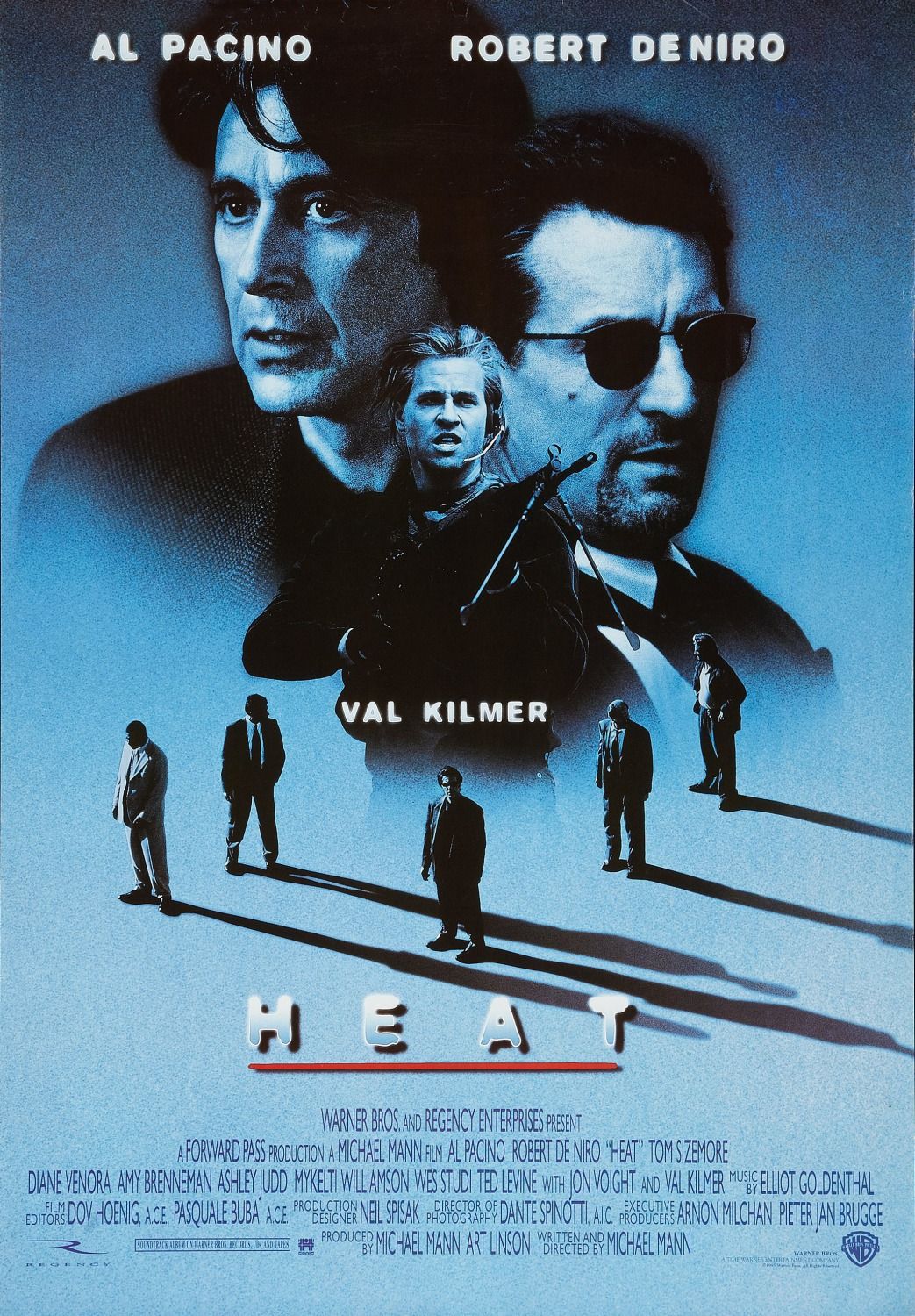
Michael Mann’s classic crime thriller Heat was released in 1995 and stars Al Pacino and Robert DeNiro as two men on opposite sides of the law whose live become tangled and destabilized in an intense game of cat-and-mouse. When one heist led by master thief Neil McCauley is compromised due to a clue left behind, LAPD Lieutenant Vincent Hanna finds himself obsessed with pursuing them in an ever-escalating war – one that may cause significant collateral damage.
- Director
- Michael Mann
- Release Date
- December 15, 1995
- Runtime
- 170 minutes
One of the greatest crime offerings ever, Heat is also one of the most influential action films of all time. Led by Al Pacino and Robert De Niro, the gritty style of filmmaking that can be found within Michael Mann’s movie has inspired countless imitations. While Mann’s visuals and unique style of cinematography have contentiously influenced virtually all of Nolan’s films, the similarities between Heat and 2008’s The Dark Knight are almost impossible to ignore (via MovieWeb).
Nolan’s grounded approach to the film’s action sequences instantly invites comparison with Mann’s legendary outing, but that’s just the headline. Neil McCauley’s crew also wear masks while carrying out robberies, mimicking the approach adopted by the Joker and his goons during The Dark Knight’s opening sequence, while the iconic interrogation scene featuring Batman and his nemesis eerily parallels the moment in Heat where Pacino and De Niro find themselves face to face for the first time.
5 Saving Private Ryan (1998)
Nolan’s Take On Armed Conflict Is Inspired By This Milestone
Contentiously the greatest war film of all time, it should come of little surprise that 1998’s Saving Private Ryan guided Nolan’s hand in directing 2017’s Dunkirk. Seeking to lend an unshakable sense of authenticity to his depiction of the 1940 evacuation of Allied forces from the titular beaches, Saving Private Ryan’s influence on Nolan is unique in the sense that while the director was certainly inspired by Steven Spielberg’s seminal film, he didn’t want to emulate it.
While he personally reached out to the legendary director for advice while filming Dunkirk, Nolan actively sought to avoid directly replicating elements of Spielberg’s work out of respect for his incredible movie. Discussing Saving Private Ryan‘s celebrated opening sequence depicting Allied forces landing at Omaha Beach in an interview with Variety, Nolan revealed that he “didn’t want to compete with that because it is such an achievement…I was looking for a different type of tension.”
4 The Maltese Falcon (1941)
Nolan’s Noirish Tendencies Come From The Maltese Falcon

The Maltese Falcon is a 1941 film noir directed by John Huston, based on Dashiell Hammett’s novel. Starring Humphrey Bogart as private detective Sam Spade, the film follows Spade’s investigation into the mysterious murder of his partner, leading him into a web of intrigue involving a valuable statuette. Mary Astor, Peter Lorre, and Sydney Greenstreet also feature in this classic tale of deception and greed.
- Director
- John Huston
- Release Date
- October 18, 1941
- Cast
- Humphrey Bogart , Mary Astor , Gladys George , Peter Lorre , Barton MacLane , Lee Patrick
- Runtime
- 100 Minutes
Nolan has never made a secret of his passion for film noir, which is apparent across many of his most lauded movies. The most obvious influence on Nolan’s style in this regard is The Maltese Falcon, John Huston’s 1941 offering that is contentiously the most significant film noir of all time. In 2002’s Insomnia, the director even flips traditional film noir conventions on their heads, utilizing antagonistically bright sunlight in lieu of the shadows typically associated with such offerings.
Meanwhile, the stylized shadows and darkness traditionally associated with Batman and Gotham City gave the director the perfect opportunity to channel his passion for noir offerings throughout The Dark Knight trilogy, with characters like Anne Hathaway’s Catwoman or Marion Cotillard’s Talia al Ghul also fitting the stereotypical noir mold of female characters (via rogerebert.com) who would just as soon as kill you as love you.
3 Superman (1978)
Nolan Also Grounds Superhero Films In Reality

Superman, directed by Richard Donner, stars Christopher Reeve as Clark Kent, an alien from the planet Krypton living on Earth who adopts the persona of Superman to protect humanity. Released in 1978, the film features Gene Hackman as the villain Lex Luthor, who creates a plan that threatens millions of lives. Margot Kidder co-stars as Lois Lane, a journalist at the Daily Planet and Clark Kent’s colleague.
- Release Date
- December 15, 1978
- Cast
- Marlon Brando , Gene Hackman , Christopher Reeve , Ned Beatty , Jackie Cooper , Glenn Ford
- Runtime
- 143 Minutes
Unsurprisingly, given his status as the director of the most acclaimed superhero film trilogy of all time, Nolan has also never been shy about his love for superhero movies. A favorite from the director’s childhood, Nolan has cited 1978’s Superman as a huge influence on his work, with many elements from the Christopher Reeves-led picture inspiring the direction of several of his most celebrated films.
|
Christopher Nolan’s filmography |
Year of release |
|---|---|
|
Following |
1998 |
|
Memento |
2000 |
|
Insomnia |
2002 |
|
Batman Begins |
2005 |
|
The Prestige |
2006 |
|
The Dark Knight |
2008 |
|
Inception |
2010 |
|
The Dark Knight Rises |
2012 |
|
Interstellar |
2014 |
|
Dunkirk |
2017 |
|
Tenet |
2020 |
|
Oppenheimer |
2023 |
The Englishman was fascinated by the manner in which the universe depicted in Superman manages to stay grounded in reality, despite the presence of an omnipotent being in a blue and red suit flying through the air and shooting laser beams from his eyes (via The Hollywood Reporter). Nolan clearly sought to channel this aura into The Dark Knight trilogy, deftly balancing the unbelievable nature of such a character with a grounded, hyper-realistic take on proceedings.
2 On Her Majesty’s Secret Service (1969)
Dynamic Set Pieces & An Emphasis On Realism Go Into Nolan’s Films
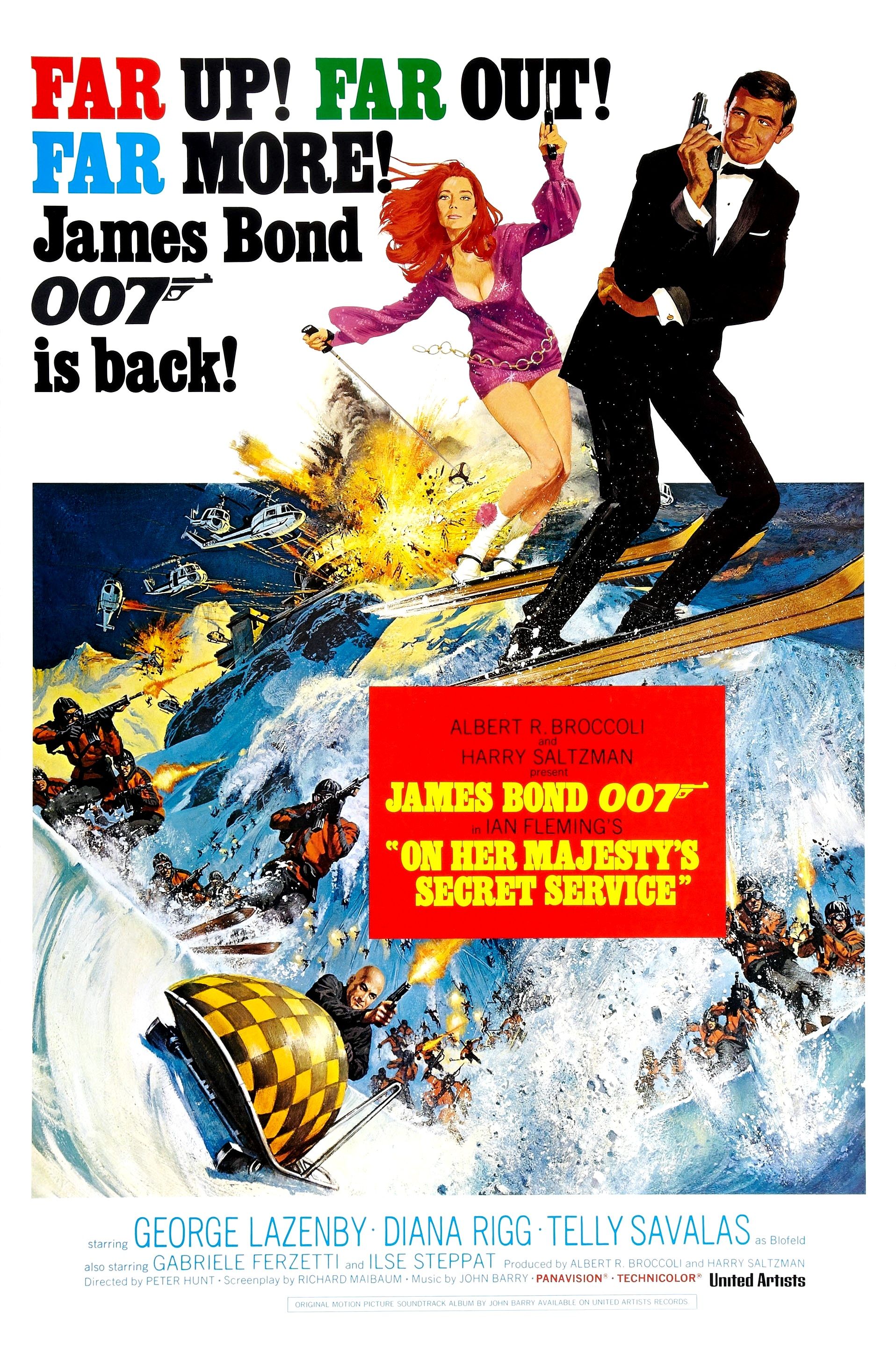
James Bond tracks Blofeld to a Swiss mountain clinic, where the villain is brainwashing women to distribute biological weapons. Bond teams up with Tracy di Vicenzo, the daughter of a crime boss, to thwart Blofeld’s plan. Their partnership turns romantic, culminating in Bond’s unexpected marriage to Tracy.
- Director
- Peter R. Hunt
- Release Date
- December 19, 1969
- Cast
- George Lazenby , Diana Rigg , Telly Savalas , Gabriele Ferzetti , Ilse Steppat , Angela Scoular
- Runtime
- 142 minutes
The James Bond franchise has played a notable influence on the work of Nolan, with the director admitting in an interview with Empire that he has been “plundering ruthlessly from the Bond films in everything [he’s] done, forever.” The director cites his favorite Bond film of all time as 1969’s On Her Majesty’s Secret Service, with the George Lazenby-led outing lending inspiration to Nolan’s work on the snowy action sequences in the climax of Inception.
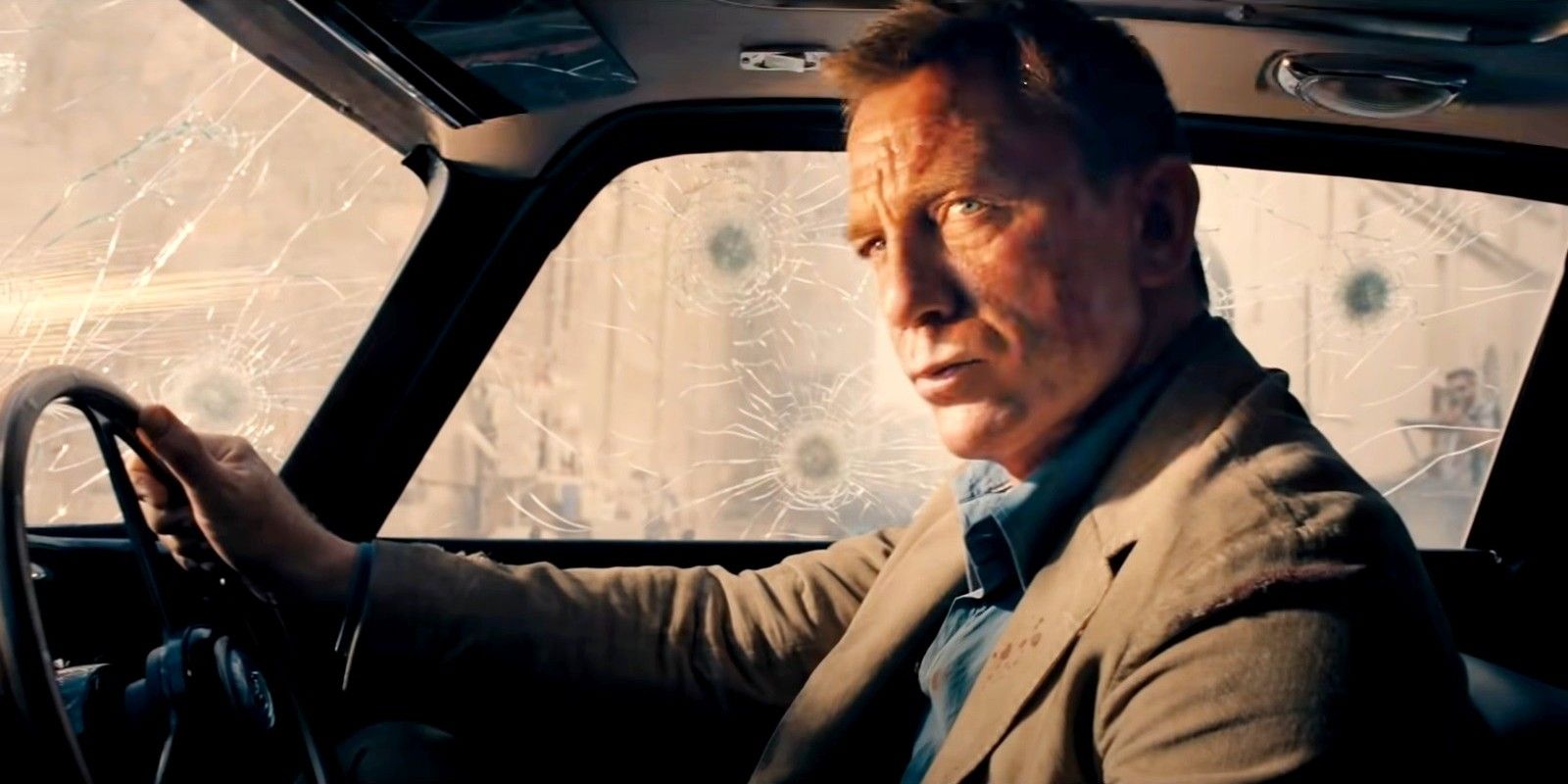
Related
James Bond: Each Era’s Best Stunt, Ranked
Each James Bond actor brings their own unique style to the role, and this is reflected in the types of stunts which take place in their movies.
On Her Majesty’s Secret Service‘s influence is also apparent within the Dark Knight trilogy. Peter R. Hunt’s offering eschewed the fancy gadgets and more unbelievable aspects seen in Sean Connery’s series of Bond films for a more grounded approach to proceedings. It’s a choice that was mirrored by Nolan’s attempts to treat his Batman films as a piece of action film-making that leans heavily on realism, rather than the more fantastical elements typically associated with superhero films.
1 Lawrence of Arabia (1962)
Nolan’s Love For Celluloid Explained
Finally, Nolan has never made a secret of his deep love for shooting movies on celluloid film, with the director scorning the use of digital cameras in favor of a more old-school approach. Nolan has argued that this style of shooting captures almost imperceptible nuances that digital cameras are unable to replicate, highlighting the director’s laser-focused attention to detail when directing his movies.
An obvious film that has influenced Christopher Nolan in this regard is 1962’s Lawrence of Arabia, a milestone piece of cinema starring the late, great Peter O’Toole. Nolan highlighted the differences between the original film and the digitally remastered version during a talk at the 2015 London Film Festival, pointing out that the “subtle shadow direction and the particular tonality of the skies” in a scene where O’Toole’s titular character emerges from the desert becomes apparent in the original much quicker than in the Blu-ray.
Source: Forbes, Business Insider, BFI, nytimes.com, standard.co.uk, MovieWeb, Variety, rogerebert.com, The Hollywood Reporter, Empire, 2015 London Film Festival
